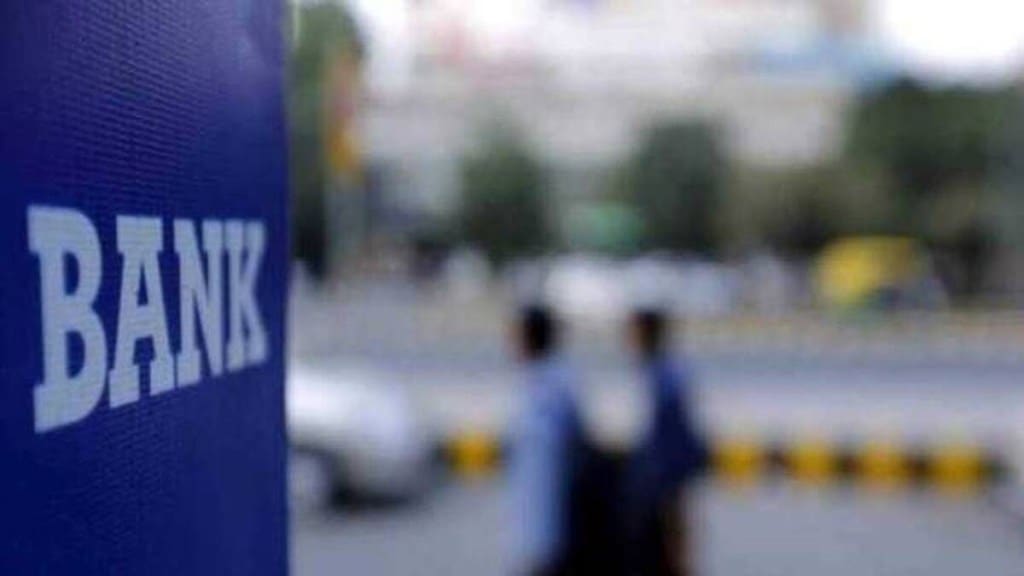Large public sector banks are aggressively increasing their reach in semi-urban and rural areas through business correspondents (BCs). Punjab National Bank has almost doubled its BC outlet network from 12,831 in December 2021 to 22,607 in December 2022. Similarly, Bank of Baroda (BoB) has increased its BCs from 29,000 to around 52,000 in just one year. Canara Bank, which had 8,906 outlets in March 2022, has grown its network to almost 14,000 outlets.
CS Setty, managing director (MD) at State Bank of India, which has the largest network of outlets in the country with over 65,000 BC partners, said the bank is trying to provide technology tools to BC outlets to increase their scope of business. The Reserve Bank of India allows BC outlets to offer up to 22 services, but most banks do not utilise the opportunity.
During the nine months ended December 2022, the BC outlets of SBI conducted a total of 403.8 million transactions, amounting to Rs 2.43 trillion, according to the bank’s Q3FY23 investor presentation. “We have to provide those enablers so that they can do Kisan credit cards, loans and gold loans for customers. These BC outlets can be effective for asset mobilisation teams, and micro insurance is one of the things,” said Setty, speaking to FE on the sidelines of an IMC event. SBI will make these outlets available in semi-urban, urban, and metro areas, instead of keeping those limited to rural areas.
Currently, they provide all the major micro insurance programmes in the country, including the PMSBY (Pradhan Mantri Suraksha Bima Yojana), PMJJBY (Pradhan Mantri Jeevan Jyoti Bima Yojana), and Atal Pension Yojana. Joydeep Dutta Roy, executive director at Bank of Baroda, said lenders across the board are growing their BC network exponentially, with BoB adding over 20,000 BC points in the last one year. “Many banks are now having large plans on growing that (BC) channel so that they have a separate outreach and last-mile connect,” he recently said.
Dutta Roy noted that against the earlier model where BCs only conducted certain payment transactions or deposit accretion business, they are now being offered commissions for loan lead generation. As a result, from earning `7,000-`8,000 per month two years back, each BC outlet now earns more than Rs 13,000 per month on an average, with some large BC outlets churning up to Rs 100,000 per month in commission from banks.
BCs act as an extended arm of banks in areas where lenders do not have a significant presence, often in rural and semi-urban places. Both individuals and non-individual entities can serve as a BC partner for a bank, provided they meet regulatory requirements and the bank’s respective policies. They perform a range of services like mobilising deposits, payments transactions, withdrawal of money, and balance inquiry on a commission basis.
Canara Bank MD K Satyanarayana Raju, in a post-earnings call in January, said the bank is focusing more on expanding its BC network at a minimal operating expense. “Actually, we recently crossed almost 14,000. We have recruited almost 6,000 BCs in the last one or two months. So, we want to expand our outlets, we want to expand our services, but at a better, minimal operating expenses. That is the reason why we are keeping the operational expenditure under control,” he said.

